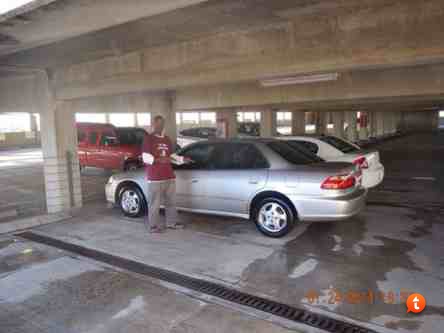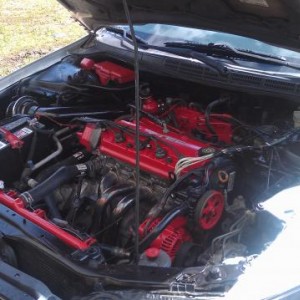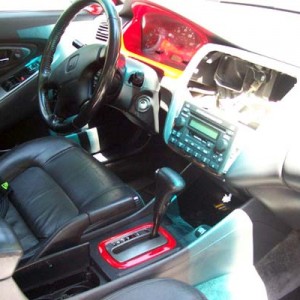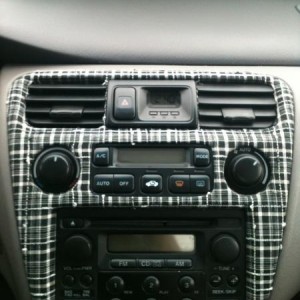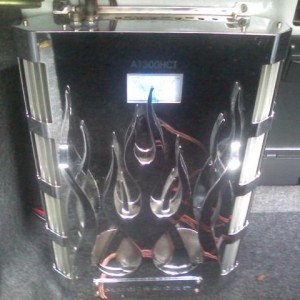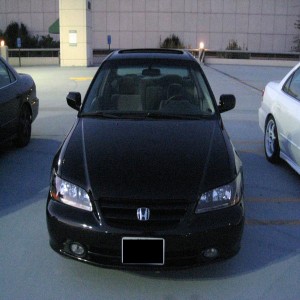so, i'm interested in learning more about detailing the car. I know the basic like claybar and wax, but when it comes to polish, buffer and so on, i'm lost haha. I know some of the guys on here do bodywork and detailing for a living, so it'll be great to get some input on this from them. Here's the format that i'm thinking of:
1. Scenario: Swirl removal (for example)
2.Tools/ Machines Required (include where these items can be purchased at):
3. Recommended wax/ compound/ polish (include where these items can be purchased at):
4. Prep work:
5. Step-by-step procedure:
Figured I do this for a living, so I'd pitch in my .02 ...
1. Scenario - scratch removal
2. Tools/Machines requires - Depending on the depth of the scratch;
Always wash the vehicle and clar bar the area you are about to work on to remove tar, sap, etc, even if it isn't apparently visible. These things will add to the cause of swirl marks when polishing the paint.
A lighter scratch, one that only penetrates into the clear coat, generally can be "removed" or taken to the point that it can't be seen unless up close or when lighting hits it just right. We use a
DeWalt Polisher for most of our work. Previously(and as a backup) we used the
Makita polisher. On these scratches, you're not actually removing the scratch, but actually smoothing out the clear coat so that it comes to a more or less smooth finish. We use a wool pad for deeper scratches, however as said before, try the least abrasive method possible first as you will be removing the clear coat doing this. A wool pad
will leave a haze and likely swirl marks no matter the color of the car. You'll want to refinish the area with a foam pad.
If the scratch is really deep into the clear, or possibly into the actual paint, you may want to try wetsanding the area before buffing the area. Using 2k-3k grit sandpaper, douse the area with water(a hose, spray bottle, or supersoaker should suffice

). Then take the sand paper and sand the area down. 3M sells sanding blocks, I would highly recommend using one if you've never done this before. Be VERY careful doing this as if you sand too much, you will sand straight through the clear coat and burn the factory paint underneath. Afterward, buff the area with an electric polisher.
For scratches that can not be removed with a polisher, use touch up paint. You can use an off the shelf paint from an auto store if you can find a good match. Otherwise, look around your area for a shop that will mix a small batch of paint for you. Make sure the paint is shaken up very well before applying it as they consist of many hues and quite a few of our paints have a flake in them. For thin scratches, we use
a painting pen It will allow you to put the least amount of paint over the scratch as possible. Now, with a good color match, you can easily completely hide the scratch. After the touch up paint is applied, take a razor blade with the blade at a 90 degree angle to the paint and drag it across the touch up paint til it is mostly smooth with the clear coat. Now, follow the steps for wet sanding(very lightly) and then polishing. I've taken scratches several feet long and made them virtually impossible to see doing this.




